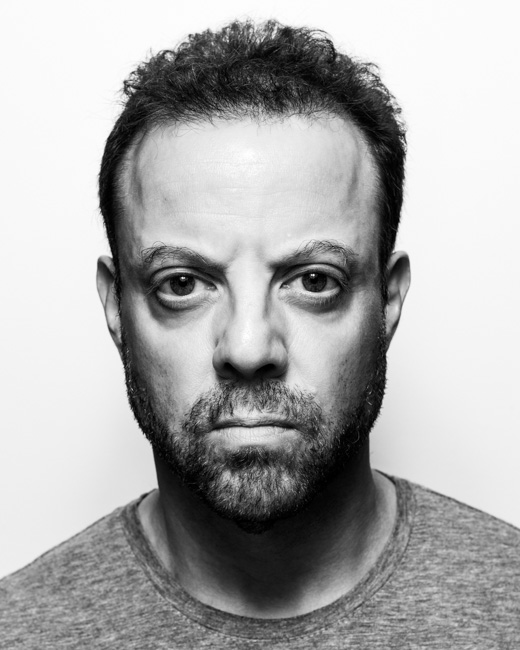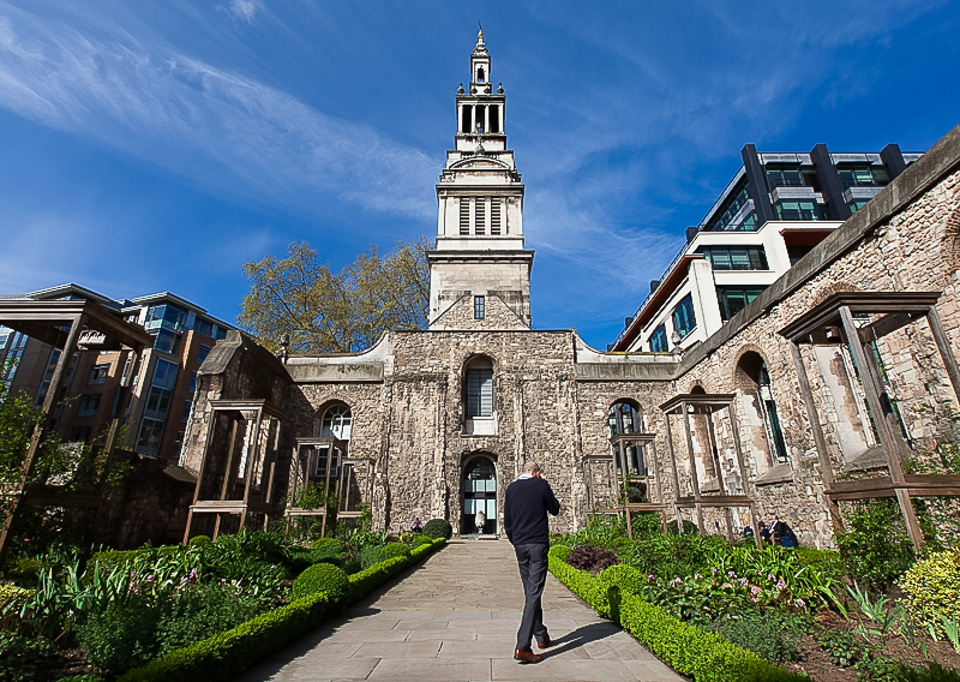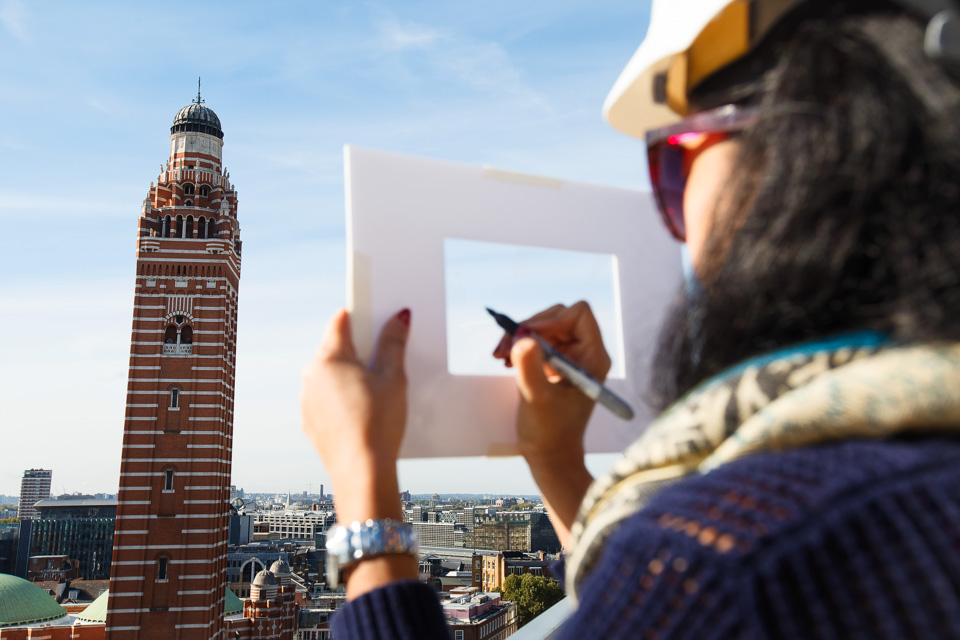Danny Sapani
Publicity photos for actor Danny Sapani, who recently appeared in Penny Dreadful.
People, Places and Things
Actress Denise Gough, who is appearing in People, Places and Things, photographed for the National Theatre.
Egosurfing
I posted one of my photos of Julia Donaldson recently. I was thinking about when I've searched for my work online (photographers have to keep track of their images), and she always appears on page one. So I wanted to post three of my most Google-friendly* shots.
For the past four years (at least), when I search my name, the image that's usually on the top line is (a version of) astronaut Tim Peake:
As for viral, one photo from a set I took of War Horse's star, Joey, among the poppies at the Tower of London (Blood Swept Lands and Seas of Red) has been everywhere, with thousands of shares and likes on Facebook**:
Finally (drum roll...) my most "shared" photo is from 2006 of two Sphynx cats, Dream-maker and Felicity. They are not only beautiful, but they appear to be kissing. As such, it wins the Internet most days:
*By 'Google-friendly', I usually mean shared. And by shared, I mean infringed, a euphemism for stolen.
**Alas, the value of a picture credit is zero.
The Curious Incident of the Dog in the Night-Time
We took Sion Daniel Young, who plays Christopher Boone, away from the West-End's Gielgud Theatre for a shoot at Paddington Station. In the story, Christopher, who has Asperger's syndrome, makes a difficult journey to London by himself intending to see his mother, but is completely overwhelmed by the rushing commuters, the bustle and the noise.
This Girl Can
Blue Rubicon commissioned me to photograph some of the ladies featured in Sport England's hugely successful "This Girl Can" campaign (www.thisgirlcan.co.uk), a celebration of active women. Here are a few from the shoots:
Ratings are overrated
First, an explanation: after every shoot, photos are rated from one to five stars in my library.
The Star system
First, an explanation: after every shoot, photos are rated from one to five stars in my library.
One star is for something awful: misfires, blinks, out of focus shots etc. Two stars means poor: this collection contains uninspiring but required images, the dull fillers.
Three stars get awarded to anything reasonable. They're fine, but wouldn't go in any portfolio.
Four stars: while I wouldn't put these on a website, I might keep them for clients requesting to see examples of something.
Five stars are for my favourite work: many of these are on my website. Those which aren't are either too similar to my website portfolio, too old, or not quite relevant to the kind of work I do.
I never spend more than a second deciding on each picture. The majority get three stars - or at least this is the default rating (I realise this undermines the purpose of the system). Occasionally I'll award an entire batch four/five stars for a shoot which I was happy with, but which provided very similar shots. I'll go back after a few days with a fresh perspective, and after the initial buzz has gone.
So?
Now that's out the way, there are three things I wanted to talk about.
The first is that I've realised there’s no real need to rate the images, as the value is limited. Mostly, it’s self-appraisal after a shoot is complete, and sometimes the only critique they'll receive. While an important debriefing process (of a kind), my own narrow judgement is not ideal; it's too subjective and informed. Constructive criticism is best coming from other photographers - but this is a rare thing. Feedback from clients is typically rare.
The second - related - is that star ratings over-simplify and commodify the qualities of a photograph. Worse, they do so in a rather diluted and liberal fashion. At least there's something unforgiving and final with the simple thumbs up/down system (or "kill" and "keep"), and which I apply to the first round from a shoot. Bear in mind that anything less than four stars won't ever be seen again, so it amounts to the same thing.
Third, I notice I’m not improving. I scatter roughly the same amount of stars now as I did when I first went freelance. Less than a dozen times a year will I make a five star image. Actually, I’m probably giving out fewer fours and threes, as I see the same kind of images I’ve shot before: less original, and scarcely improved upon. The fives would also be going down, but for the fact I’m doing more interesting and different work than I used to, which I suppose allows for more possibility of getting something I like.
Practice does not make perfect
Of course, it’s entirely to do with the critical eye. As we improve on the ground, by necessity our more informed eye looks for higher concerns, and becomes a tougher critic. I’ve probably mentioned elsewhere my press photography NCE portfolio (2004?), about which I was once very pleased. It now makes me cringe. Yet there are still three images from it on my website (I've said too much...) and whether I’ve kept them because they stand the test of time, or because they show an aspect of my style which I’d like to continue to present, I don’t know.
I do know that I’d like to replace them, and that urgency grows every year. There's something Dorian Grey about it all. You just get bored of seeing them, and their appearance is both shaming ("WHY haven't I bettered this?") and a source of pride ("...but I still like it after so long!").
Even the five-star images have a shelf-life, an inherent entropy. Eventually they lose their shine and drop down the rankings: one day you demote them to four, then, later, into the abyss of three stars and lower.
The only thing to do is to keep working, to keep trying. To replenish the top tier, to keep feeding the beast with something fresh, at least for a while.
Seeing past the subject
The discussion about Charlotte Proudman had me thinking. Not about how inappropriate the comment was, nor the misuse of LinkedIn, or sexism. I wondered whether it's even possible to separate a good photograph from a good subject. Not to say the images below are good or not, but to argue that the subject matter often has a bearing on it.
I have photos of John Sergeant and Arlene Phillips on my website. To be quite honest, I'm not sure if they're very particularly strong images, but they do suggest access, which can equate to experience or skill. Hence, portfolio.
Similarly, many sports photographers might have shots of Usain Bolt/Mo Farah/Jessica Ennis/Oscar Pistorius shot from the end of the race track, crossing the finish line and winning the final. Even though these photos are far from unique and possibly not very exciting*, their value is in their fame and recognisability (which comes from newsworthiness). They show how - like the athletes they depict - the photographer is at the very top of his or her profession.
As for newsworthiness, we have etched in our collective consciousness innumerable images depicting great tragedy or joy, and never really consider or care whether they're 'good' from any other viewpoint (technical, artistic, creative etc.), but only see them as records of historic fact, and therefore as powerful photographs.
So: photogenic subjects, famous subjects, newsworthy subjects. These kinds of people blur one's opinion seamlessly: "Is it a 'stunning' LinkedIn image, or is the subject 'stunning'?", "Is it a great portrait, or just a well-known face?", and "Is it a good photo, or just access to some incredible event?"
Most interesting of the three kinds of subjects above is the 'famous': interesting because our cultural, subjective, informed position affects (determines?) how we view images of famous people. And it's very much rooted in its time. That is, it makes all the difference if the viewer knows who the person is, and even their opinion of them. If they don't know them, or at least don't recognise them, their viewing is immediately and irrevocably altered once given this information**. So, back to the title: I dug out some images of (I hope) less-recognisable but nonetheless powerful ladies.
This is someone you would know but probably not recognise:
She's an author, and as for fame, her most well-known book is perhaps only second to Harry Potter. Her work has spawned shows, films, mugs, socks and school bags. Every young-ish parent in the country will own at least a few of her books, and many (myself included) know them off-by-heart. It's Julia Donaldson, author of the Gruffalo.
But is it a good picture? Well, as I've been saying, sometimes it's hard to see past the fame of a person and judge a photograph objectively. In the end - and despite there being only a couple of decent images of Julia online anywhere - she never made my portfolio because I don't think the image is strong enough.
So much for fame. Next are three leading ladies who are (perhaps?) less-recognised still but nonetheless hugely influential, powerful and successful. We have President of International Markets for Mastercard, Ann Cairns; Chief Corporate Affairs Officer at Pearson, Kate James; and Vice-President EMEA for Facebook, Nicola Mendelsohn. All these did make my portfolio - but not with these photos. Other images from the shoots were stronger (please take a look in my corporate and portrait galleries).
Let's assume you don't recognise them, and, unlike with Julia Donaldson, there's no immediate association going on even once named. Does their business or their high position affect your judgment? As it happens, two have appeared in national newspapers fairly recently, so will be recognisable to some. But does it matter? Does it make a difference how you view them?
It comes down to historicism - the extent and angle to which the background to an image influences our opinion. Perhaps we like to think we can be more objective, but there's much more going on here. We can't help but frame our view with external knowledge, a cultural climate, and our personal bias and taste.
*Not unique, since many other photographers are positioned in the same place. And not exciting with respect to a photographer's more creative and/or less newsworthy portfolios. To put it another way, if the images weren't of global sports superstars winning the Olympics, but instead showed (otherwise identical) shots from, say, the second-round heats at the U-21 Commonwealth games, they'd be unlikely to feature in a portfolio.
**I should add that you can argue it's easier to read a portrait of a famous person. You have some idea who they are, and can judge to what extent the photograph captures and confirms that aspect of their personality. Or indeed, questions it. Success or failure in the portrait is surely tied to this in some respect.
Problem solving vs creativity
I get told regularly that, being a photographer, I must be 'creative'. I think this is intended as a compliment - and would like to take it as such - but I don't think it's true.
I get told regularly that, being a photographer, I must be 'creative'. I think this is intended as a compliment - and would like to take it as such - but I don't think it's true.
Photography is a job; it's about getting the picture that the client wants. The artistic shot might not be very useful; some shoots have a strict shot list which must be adhered to. Despite claims to the contrary, clients are usually after reliability, skill and experience over artistry. Creativity where it's possible and desirable - yes. But the brief comes first. There's a higher value on being a 'good operator' than a creative. Yes, of course, there is more scope to be the latter in, say, fashion or conceptual art, or where the emphasis with the brief is to capture a mood or idea. But much of the time, as I've discussed before, it's about creativity within limitations.
That said, creativity should always be part of the approach: there's nothing worse than merely fulfilling a brief. Yet so often, the most direct or simple shot is often the best one, or at the very least, the frame of reference, the 'safety shot' from which we develop an idea. Hence, the idea of considering oneself artistic and pursuing creativity as a goal feels a little misleading and unhelpful, starting from the end point as it does, and working backwards to the brief. That is, we end up trying too hard.
Even for portraits (in my field, at least) I find myself working logically towards a goal. The challenge is not in considering theoretical or 'deep' artistic concepts, but simply identifying what could improve the photograph, then working out how to do it. Pragmatics and logistics.
I think creativity mostly takes place in one's personal work. In commissioned work - if creative flow occurs at all - it's at the meeting point between that personal creativity and the objective brief.
So, I would describe what I do as problem-solving. This might be a creative outlet (I don't know) but it's about dealing with issues, people, logistics, lighting etc. quickly and efficiently. Anticipating, problem-solving, troubleshooting - that sort of thing. A little bit of 'what if' and trying out ideas which come up, perhaps (but even these are rooted in time and situation, not theory).
And as the trick is to get something fresh within the limitations of the real world (and in real time) that's the challenge I enjoy. To find that meeting point. As I've said before, it's knowing when something good can be achieved from the mundane (and the corollary: realising when even the most (apparently) rich situation has nothing much to offer). That's where creative opportunities lie.
There's the idea (mostly untrue I would say) that you're either logical or artistic. Well, if that is the case, I'm the former. Which is slightly damaging to one's self-esteem, to consider oneself unartistic in what is considered an artistic profession. But that's how it is, at least for me.
Cohn & Wolfe
I was recently commissioned to take some corporate portraits by leading PR agency Cohn & Wolfe. Instead of the usual neutral or white location, the backdrop was a feature wall.
I also took group photos in three locations. According to the metadata, we achieved these in less than 20 minutes! I would usually prefer to spend a little more time... but speed is sometimes more important than polished.
Of the three, I'm not sure which I like best. There is a slightly different feel to the team, depending on the location and setup. The first shot is more professional, the second informal, and the third more organised, somewhat reminiscent of a sports team photo.
Photographing the photographer
Portraits of theatre and dance photographer Helen Maybanks. Photographers are typically difficult to photograph: as with shooting friends, you can't use patter, which comes across as fake. Moreover, there's an uncomfortably equal footing to it. It makes one's role in the situation less clear, the relationship (photographer - subject) less defined. Happily, Helen is extremely easy-going. She also has more ideas than I do, yet makes it seem the suggestions and solutions are mine.
Black and white
A rare opportunity to shoot black and white portraits, using (mostly) window light.
2014 in pictures
I've been doing a *lot* of corporate portraits this year. But in the interest of keeping it interesting, I think one is probably more than enough, and then we can move on. I took this only a few weeks ago:
The next image was of Joey, from War Horse, who visited the poppy installation - Blood Swept Lands and Seas of Red - at the Tower of London with writer Michael Murpurgo. I've "met" Joey a couple of times now. He stamps and flinches; he gets nervous around people (despite his size); even the puppeteer in charge of his harness sometimes struggles to keep him under control - or so it seems, such is the skill with which they bring him to life. I feel nervous walking behind him, as if he could kick me. Anyway, the reaction from the crowds was fantastic - moving, even - and many of the pictures went viral. Unfortunately, it was one of those shoots where I can't take much credit, as it would be hard not to take a decent shot. given the subject matter. This was my favourite:
I work a lot with Mousetrap Theatre Projects, a wonderful charity who educate and inspire young people, getting them access to and involvement in theatre. One of many projects and programs they run, I've photographed a number of "Relaxed Performances", where you have families who might not otherwise ever get to see shows. Here, Matilda was actually put on by the RSC - and it went down a treat. Other slideshow images are from one of Mousetrap's workshops. And below that is Michael Ball, helping raise money at one of their fundraisers.
I covered some dance:
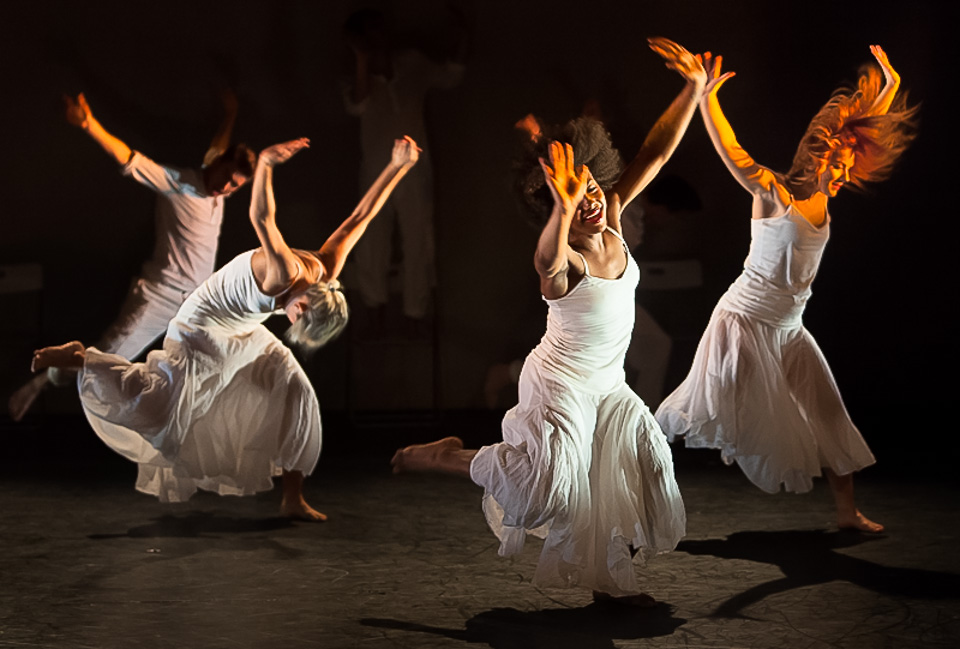
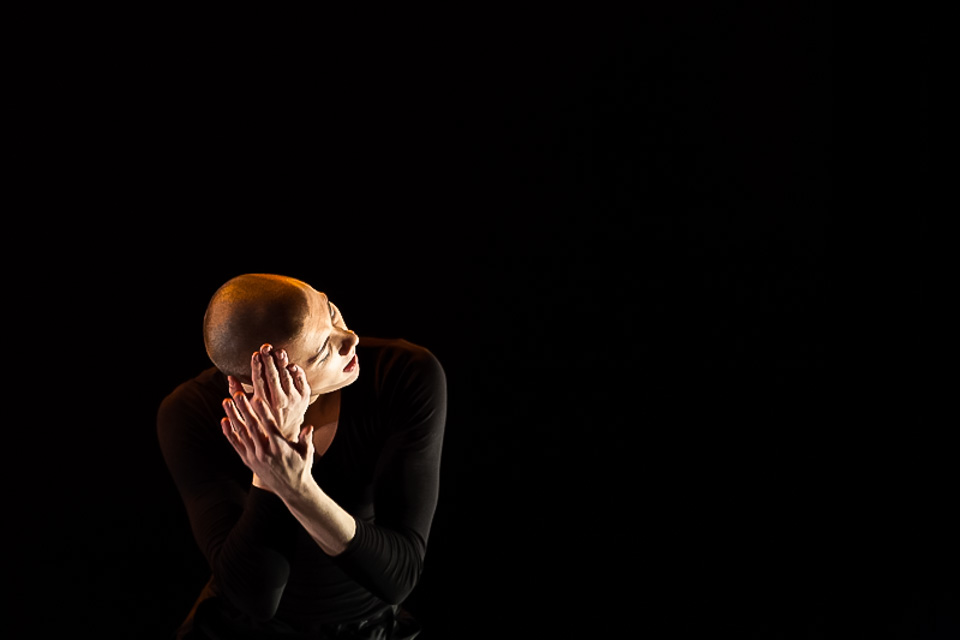
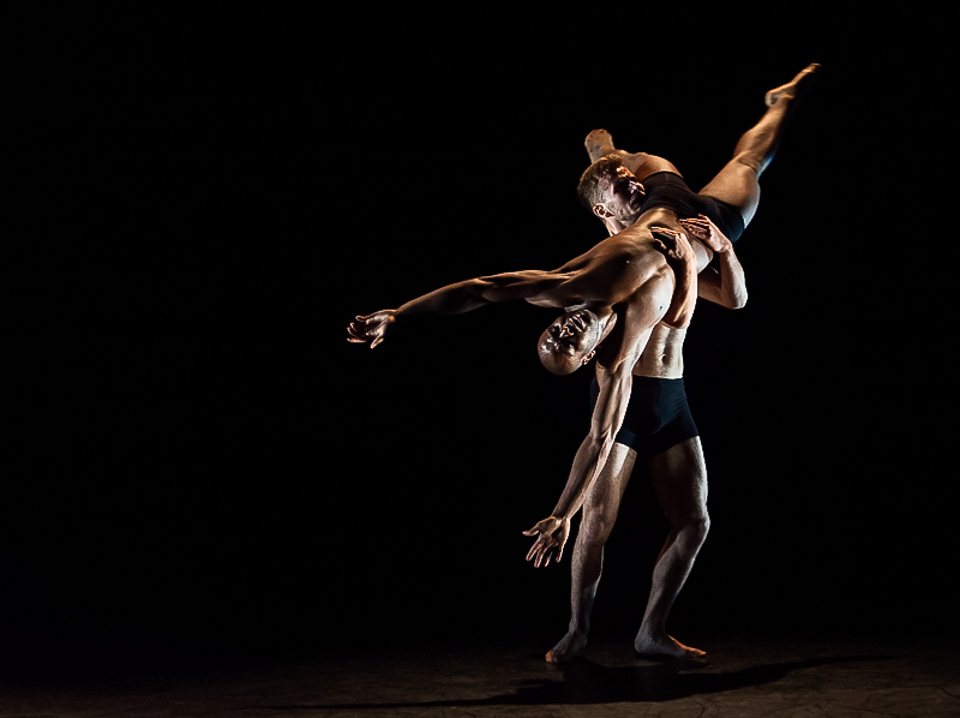
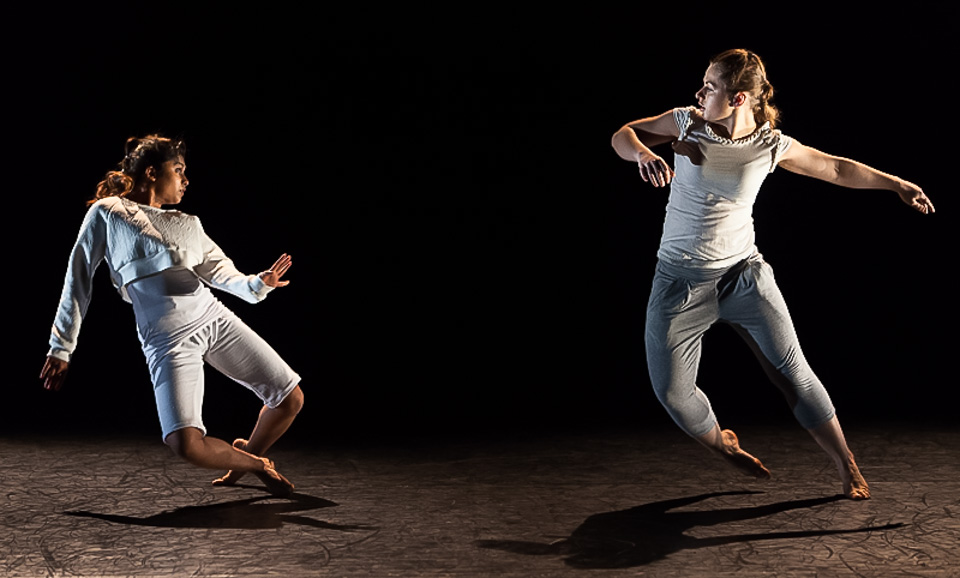
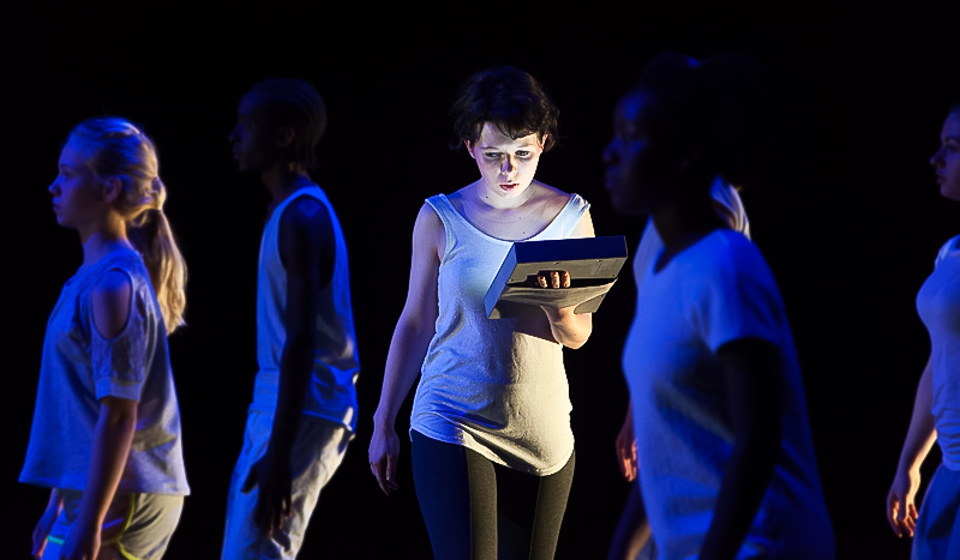
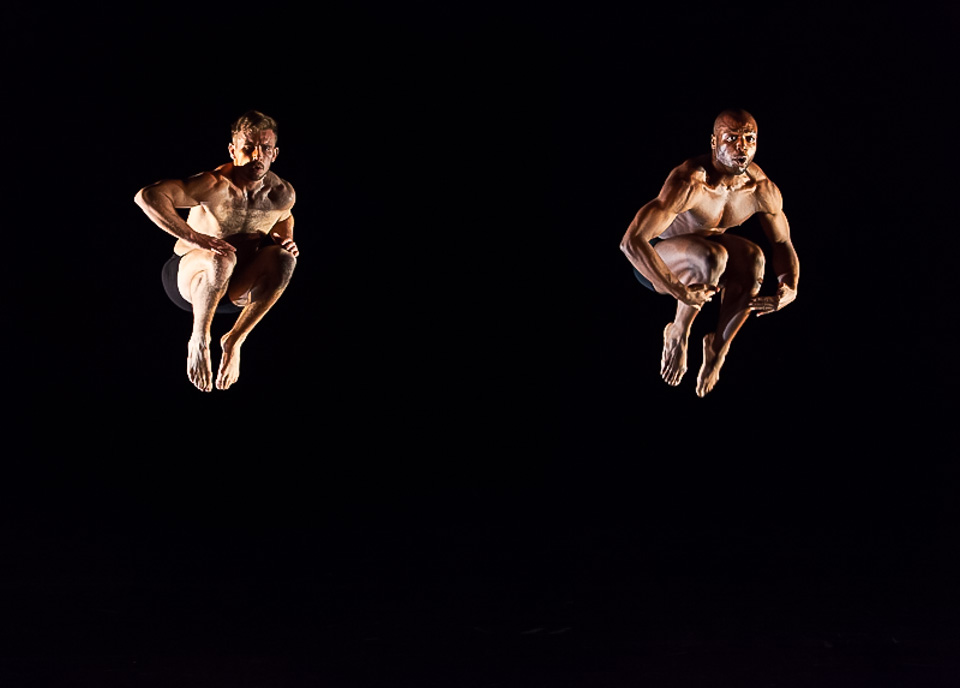
One of my favourite commissions of the year might was stock photography around Central London, for a commercial property developer. People, buildings, details - that sort of thing. I had a shot list to include certain locations and landmarks, but apart from this I was free to wander off track with vague and occasional detours, just looking for interesting photographs:
I love portraits, and was fortunate enough to spend a few days shooting case studies - lecturers and students, mainly - who use a Virtual Learning platform (Canvas). We filmed and photographed at a few locations including the University of Birmingham and Norway's University of Science and Technology, Trondheim:
I did some portraits on the set of The Curious Incident of the Dog in the Night-Time with playwright Simon Stephens ahead of its opening on Broadway. Writer Mark Haddon (not shown) was also there. Despite the minimalist set and extremely short time allowed, it was one of those sessions where you leave heavy-hearted because you feel you missed the shot. Black walls, dotted lights, white cubes, mathematics lines - it's a great set you could do a lot with. Or not?
And there were some other case-study/interview portraits. Which are kind of corporate, actually. Sorry about that, I did promise no more:
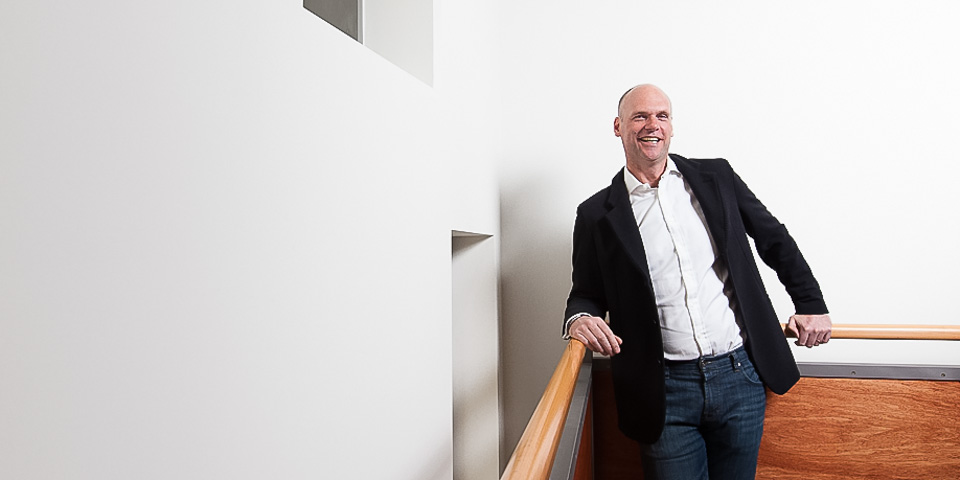
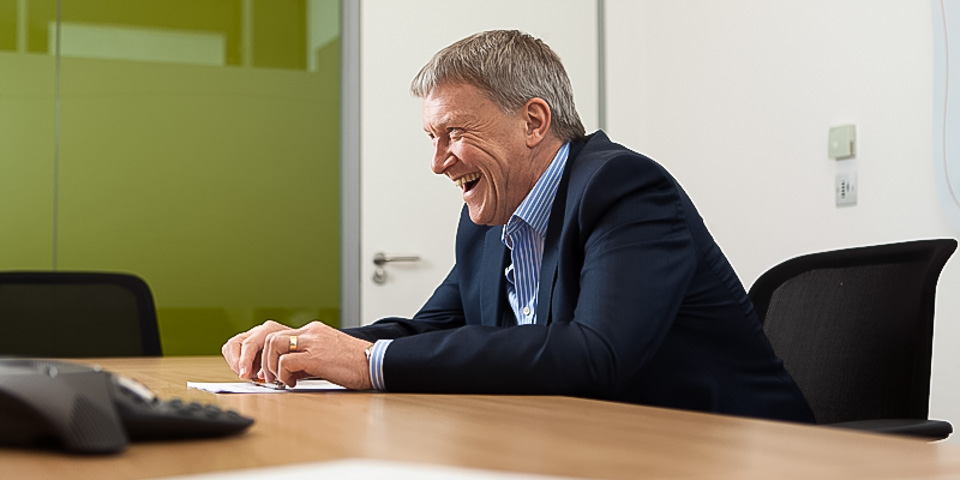
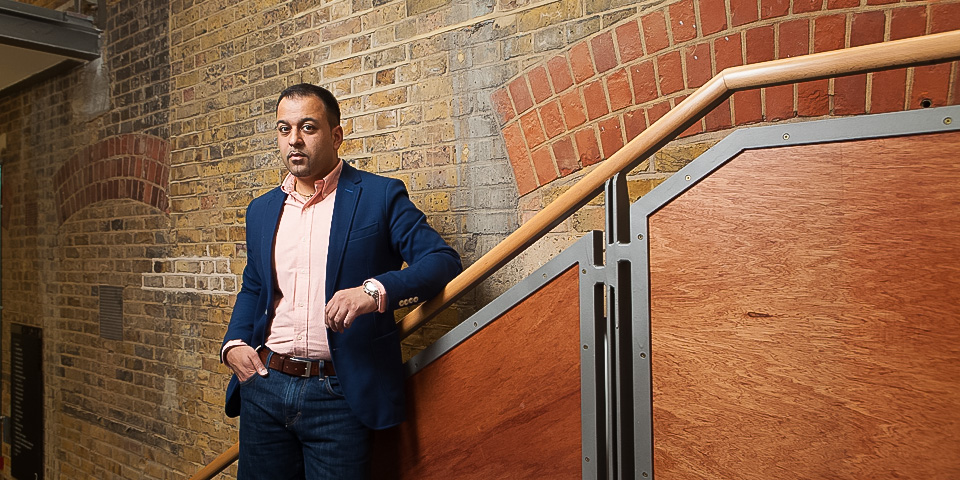
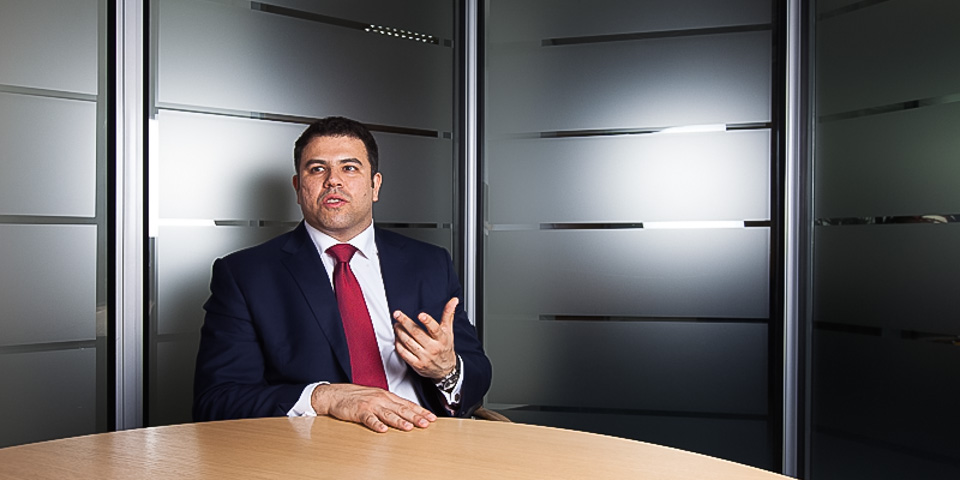
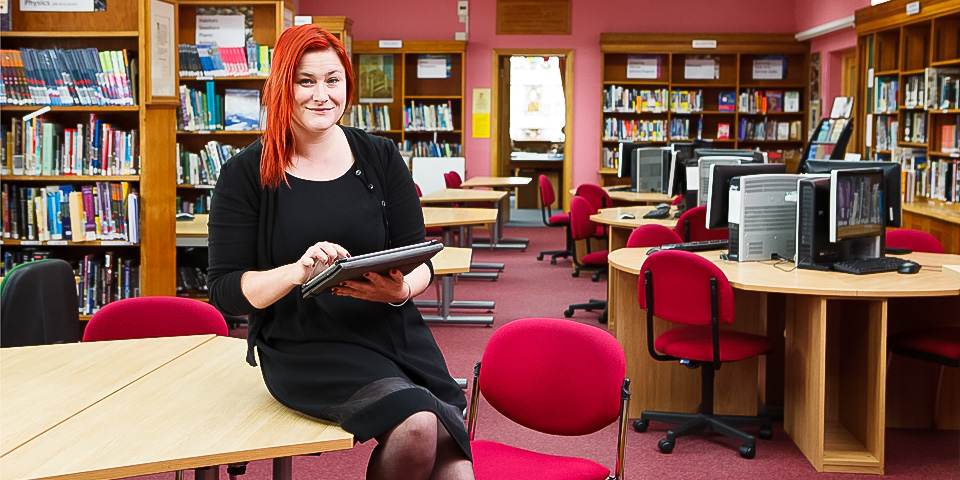
Create Victoria held four days of free events and workshops, including a DJ masterclass (rear-curtain flash - first time in years, and it shows!), an early-morning fitness session, a rooftop art class, a musical theatre lesson, and a textile upcycling workshop. It was hard work:
Sometimes you get great access - I visited a facility in Birmingham where millions of wills are stored. These are now available to search online, and I photographed some of the more famous ones, including those of Charlie Chaplin, Charles Darwin, Lady Diana, Michael Faraday, Dr. Crippen, J.R.R. Tolkein, Alan Turing, A.A. Milne, Beatrix Potter and George Orwell:
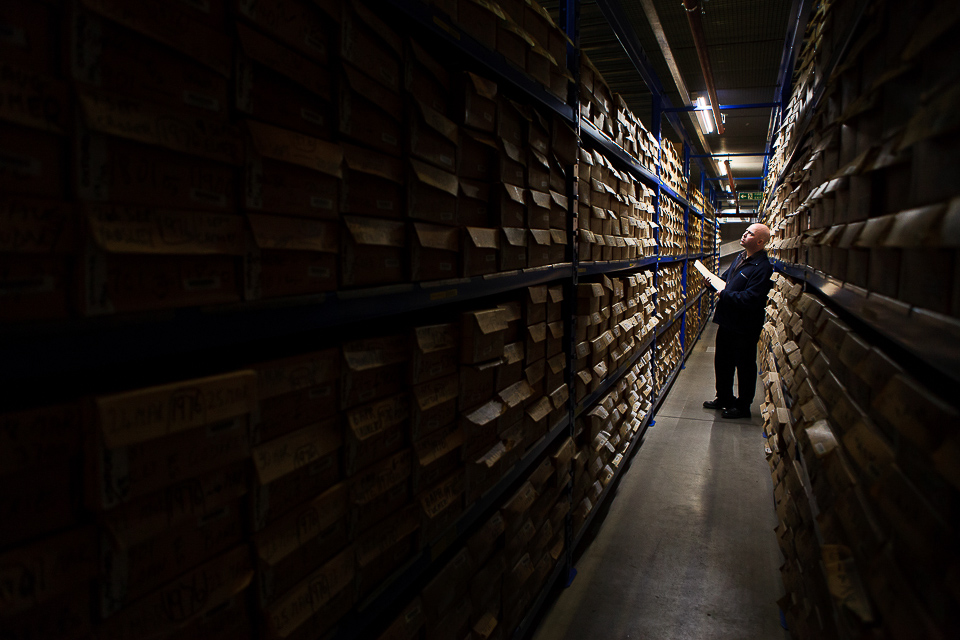
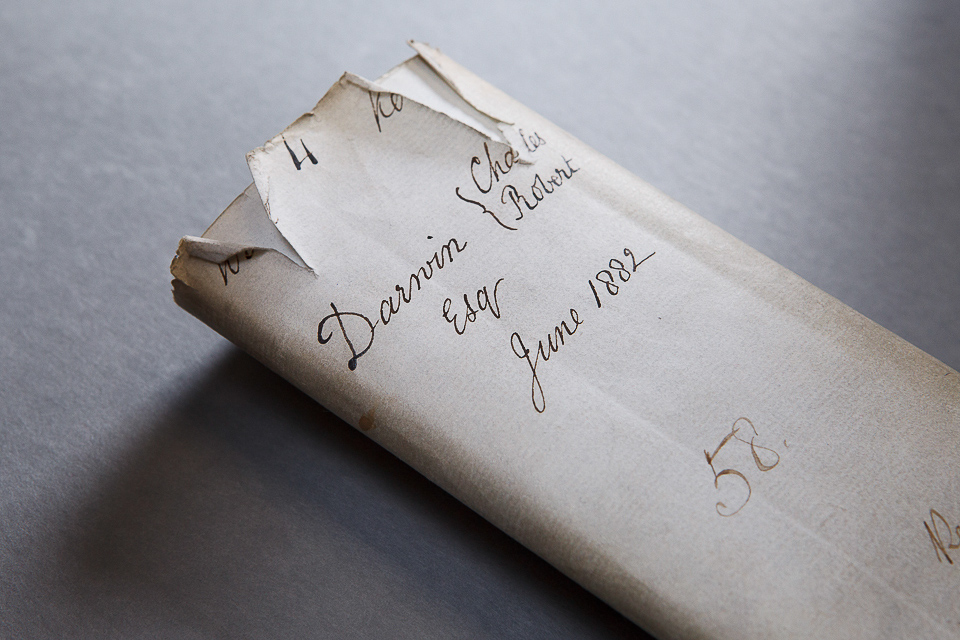
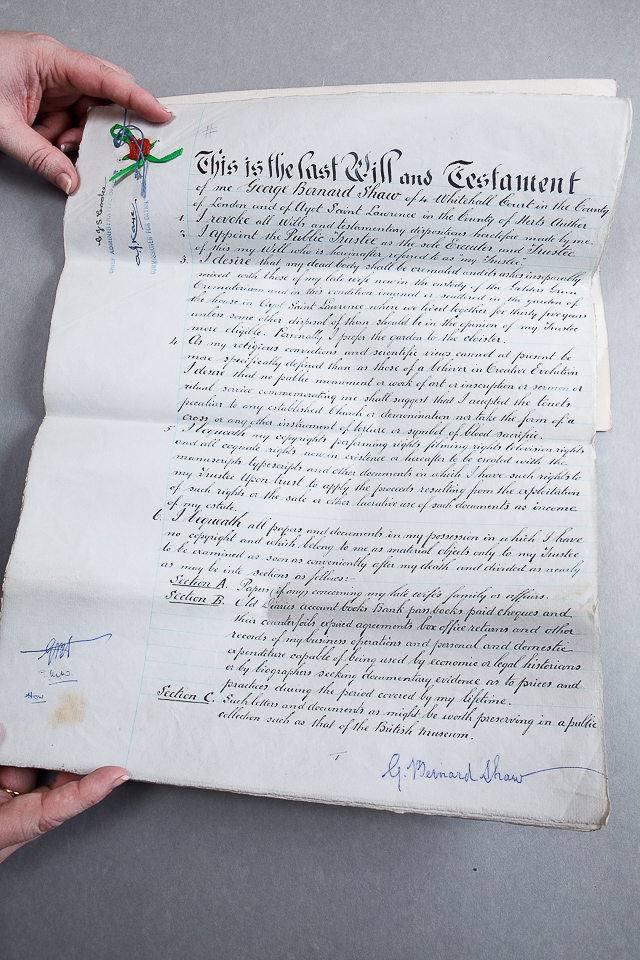
And I'll leave you with some images, again from a Mousetrap workshop, of an activity nobody seemed to understand, but was a lot of fun:
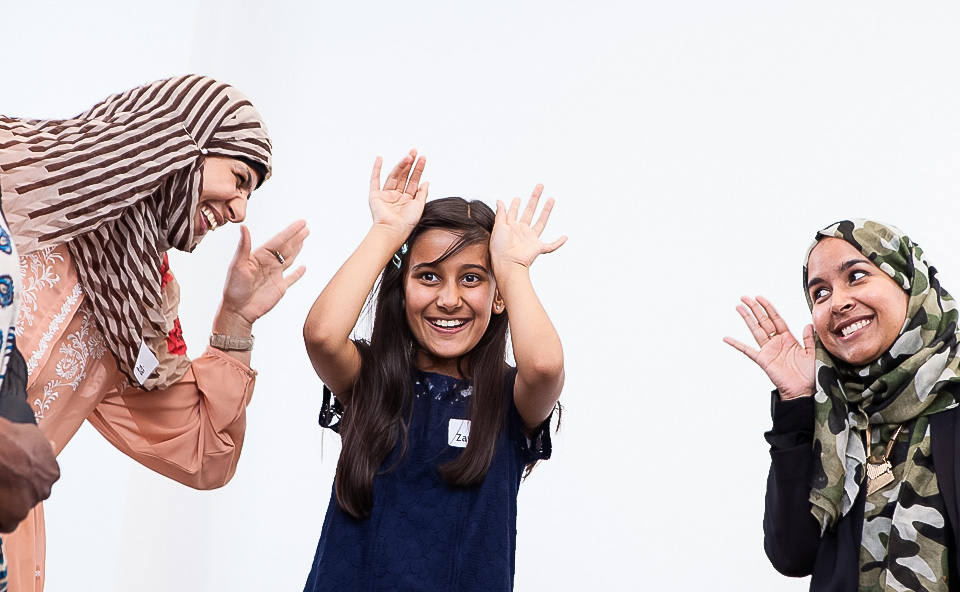
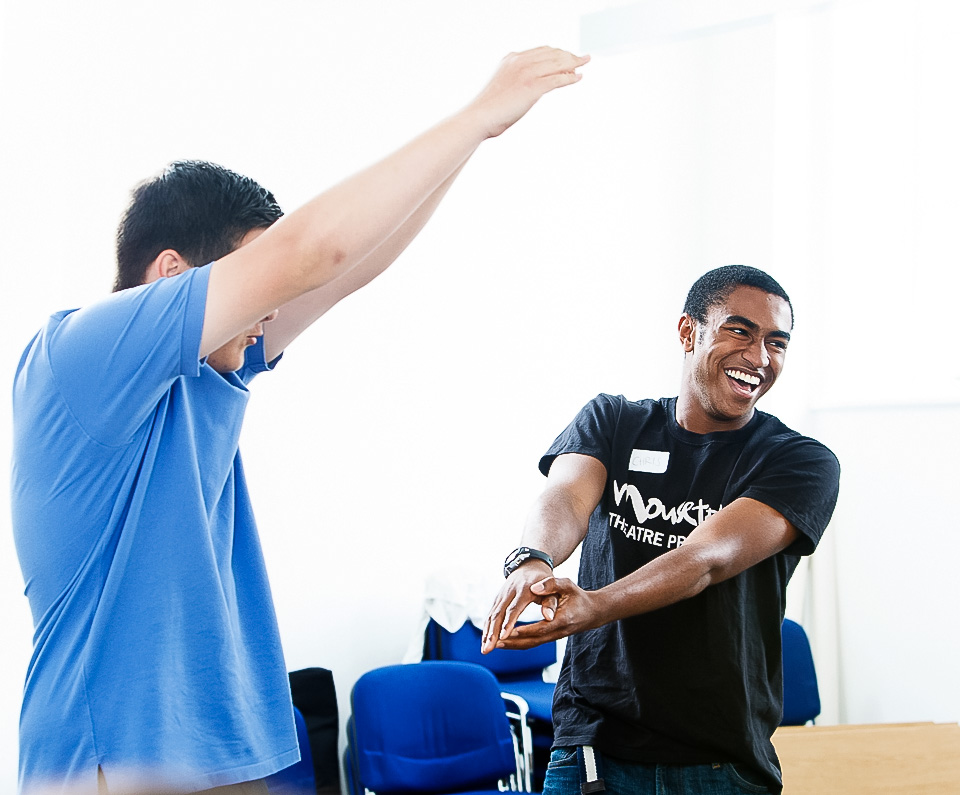
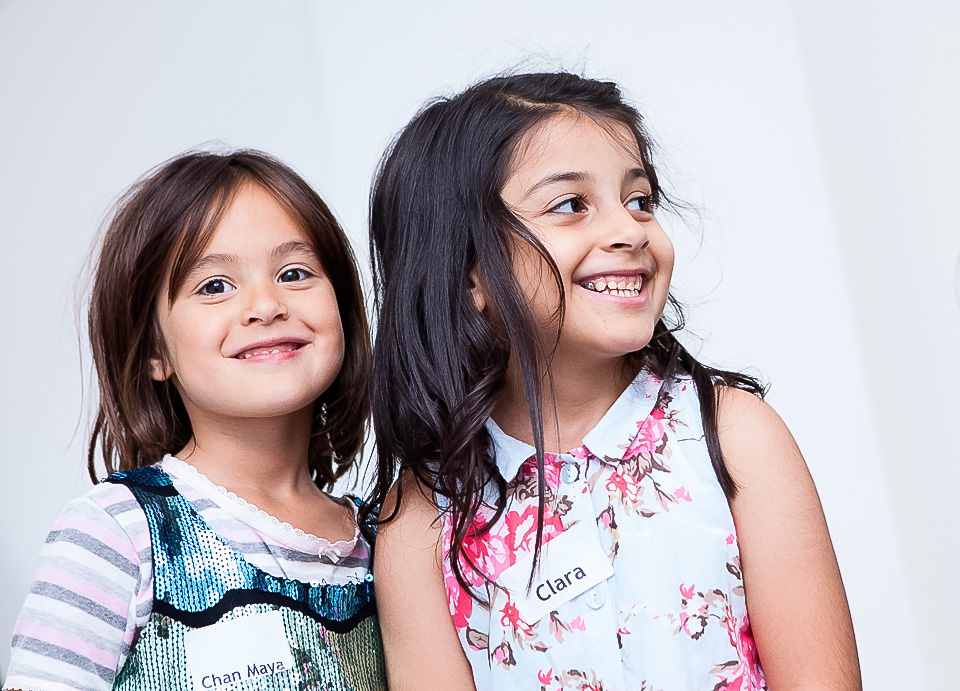
2013 in pictures
It's now well into January. I was too late getting to this, and made the mistake of looking at friends' 2013 roundups.
Their work, I decided, is far more interesting than mine, shooting as they do news, celebs, fashion, and war. I did a lot of corporate portraits.
The quality of the work I saw was outstanding, too. On the other hand, I only took two photographs this year I liked, and they've been on my website for six months so I didn't feel like publishing them again.
So I decided not to post anything, and a fortnight later I think there's something very wrong with that attitude. So in no particular order, here's some of the work I did in 2013:
-
June 2025
- Jun 19, 2025 The forever purge
- Jun 19, 2025 University prospectus
- Jun 11, 2025 Recent work - June 2025
- Jun 6, 2025 On Looking
-
January 2025
- Jan 21, 2025 The photographer's dictionary
-
November 2024
- Nov 19, 2024 Recent work - November 2024
-
September 2024
- Sep 17, 2024 Recent work - September 2024
-
July 2024
- Jul 4, 2024 Mean Girls
-
May 2024
- May 28, 2024 Wakehurst
- May 20, 2024 Graduation
-
April 2024
- Apr 16, 2024 Recent work - April 2024
-
January 2024
- Jan 22, 2024 Recent work - January 2024
- Jan 9, 2024 Long live the local
-
October 2023
- Oct 13, 2023 CBRE
- Oct 4, 2023 Recent work - October 2023
-
September 2023
- Sep 22, 2023 Seeing past the subject (2)
-
April 2023
- Apr 17, 2023 Tinder
- Apr 12, 2023 Recent work - April 2023
-
February 2023
- Feb 7, 2023 Will AI do me out of a job?
-
December 2022
- Dec 12, 2022 Freelance life and other animals
-
November 2022
- Nov 4, 2022 Recent work - November 2022
-
July 2022
- Jul 26, 2022 Recent work - July 2022
- Jul 25, 2022 SOAS
-
May 2022
- May 30, 2022 Ebay
- May 18, 2022 Physiotherapy
- May 4, 2022 Vertex
- May 4, 2022 Roche
-
January 2022
- Jan 6, 2022 Recent work - December 2021
- Jan 5, 2022 Prevayl
-
December 2021
- Dec 17, 2021 The day the hairdressers opened
-
December 2020
- Dec 15, 2020 SOAS - postgraduate prospectus
- Dec 7, 2020 Online teaching
-
October 2020
- Oct 11, 2020 Gratitudes
- Oct 5, 2020 GoFundMe Heroes
-
September 2020
- Sep 24, 2020 Headshots: why we need them, and why we don't like them
- Sep 15, 2020 From the archives - seven
- Sep 10, 2020 Recent work - September 2020
-
February 2020
- Feb 13, 2020 Mootral
-
November 2019
- Nov 7, 2019 Biteback 2030
-
October 2019
- Oct 2, 2019 Guinness World Records
-
September 2019
- Sep 16, 2019 B3 Living
-
July 2019
- Jul 22, 2019 Recent work - July 2019
- Jul 19, 2019 From the archives - six
-
April 2019
- Apr 15, 2019 Recent work - April 2019
-
March 2019
- Mar 12, 2019 International Women's Day
-
February 2019
- Feb 4, 2019 Recent work - February 2019
-
January 2019
- Jan 17, 2019 Four photographs
-
December 2018
- Dec 19, 2018 Handy gadgets and where to find them
- Dec 10, 2018 From the archives - five
-
November 2018
- Nov 26, 2018 How to compose photographs
- Nov 5, 2018 Recent work - November 2018
-
October 2018
- Oct 17, 2018 How to edit photographs in Instagram
- Oct 8, 2018 Out with the old
- Oct 4, 2018 Recent work - October 2018
- Oct 1, 2018 A little learning is a dangerous thing
-
September 2018
- Sep 12, 2018 From the archives - four
-
August 2018
- Aug 16, 2018 Recent work - August 2018
- Aug 15, 2018 I don't follow you
- Aug 6, 2018 Cookpad
-
June 2018
- Jun 7, 2018 Monks & Marbles
-
May 2018
- May 23, 2018 Netflix & Woof
- May 21, 2018 Best of Instagram
-
April 2018
- Apr 24, 2018 Standard Chartered Bank
-
March 2018
- Mar 16, 2018 Corporate self-portraiture (two)
- Mar 8, 2018 International Women's Day
-
February 2018
- Feb 9, 2018 Winter swimming
-
January 2018
- Jan 23, 2018 From the archives - three
- Jan 16, 2018 2017 in pictures
-
December 2017
- Dec 6, 2017 Toyota Mobility Foundation
-
November 2017
- Nov 24, 2017 Corporate work
-
October 2017
- Oct 31, 2017 Recent work - October 2017
- Oct 13, 2017 Pfizer - Protecting our Heroes
-
September 2017
- Sep 21, 2017 Campaign portraits
-
August 2017
- Aug 22, 2017 Wyborowa vodka
- Aug 1, 2017 Vauxhall animation
-
July 2017
- Jul 31, 2017 Tanguera
- Jul 20, 2017 Take your parents to work
-
June 2017
- Jun 22, 2017 Recent work - June 2017
-
May 2017
- May 22, 2017 Mannequins (female)
- May 16, 2017 Scott Reid
- May 9, 2017 Huawei - The New Aesthetic
-
April 2017
- Apr 24, 2017 S.H.O.K.K.
- Apr 21, 2017 Battle
- Apr 18, 2017 Ashburton
- Apr 11, 2017 Victoria Jeffrey
-
March 2017
- Mar 30, 2017 Parkour Generations
- Mar 27, 2017 War Horse in Brighton
- Mar 23, 2017 Rock'n'roll
- Mar 20, 2017 Jane Eyre
- Mar 15, 2017 Patricia Cumper
- Mar 8, 2017 1000 Pieces Puzzle
-
January 2017
- Jan 23, 2017 Framing 101
- Jan 10, 2017 View from the gods
-
December 2016
- Dec 14, 2016 Studio Fractal
-
November 2016
- Nov 29, 2016 Musician
- Nov 21, 2016 Gavin Turk
- Nov 10, 2016 While I was waiting...
- Nov 3, 2016 Canvas
-
October 2016
- Oct 28, 2016 Rishi Khosla
- Oct 18, 2016 Sadlers Wells workshop
- Oct 11, 2016 Rose Bruford
- Oct 6, 2016 Making lemonade at Harrods
-
September 2016
- Sep 28, 2016 Money Mentors
- Sep 21, 2016 Instawalks
- Sep 12, 2016 Mannequins (m)
-
August 2016
- Aug 23, 2016 Tomorrow's People
- Aug 17, 2016 Mousetrap
-
July 2016
- Jul 28, 2016 Property brochure
- Jul 19, 2016 Choosing between photos
- Jul 8, 2016 Create Victoria
- Jul 1, 2016 Recent work - July 2016
-
June 2016
- Jun 21, 2016 Cohn & Wolfe 2
- Jun 10, 2016 Physical Justice
-
May 2016
- May 31, 2016 Corporate self-portraiture
- May 23, 2016 Photivation (two) & Instagram
- May 16, 2016 From the archives - two
- May 4, 2016 Red Channel
-
April 2016
- Apr 28, 2016 GBG corporate shoot
- Apr 21, 2016 28 days later
- Apr 14, 2016 Colgate
- Apr 6, 2016 Breaks and burns
-
March 2016
- Mar 31, 2016 Mixed bag
- Mar 22, 2016 Pearson
- Mar 15, 2016 War Horse - The Final Farewell
- Mar 8, 2016 The Jersey Boys
- Mar 1, 2016 Sky Garden
-
February 2016
- Feb 23, 2016 Avada Kedavra!
- Feb 17, 2016 Bees
- Feb 8, 2016 From the archives
-
January 2016
- Jan 27, 2016 Kaspersky - Alex Moiseev
- Jan 19, 2016 Melanie Stephenson
- Jan 11, 2016 Photivation
-
December 2015
- Dec 28, 2015 Noma Dumezweni
- Dec 17, 2015 Creating a portfolio
- Dec 8, 2015 Victoria
- Dec 1, 2015 Collabo
-
November 2015
- Nov 25, 2015 Danny Sapani
- Nov 17, 2015 People, Places and Things
- Nov 10, 2015 Romain Grosjean
- Nov 2, 2015 Egosurfing
-
October 2015
- Oct 23, 2015 The Curious Incident of the Dog in the Night-Time
- Oct 13, 2015 This Girl Can
- Oct 1, 2015 Ratings are overrated
-
September 2015
- Sep 23, 2015 Indra
- Sep 15, 2015 Seeing past the subject
- Sep 8, 2015 Black and white (two)
- Sep 2, 2015 The decisive moment (two)
-
August 2015
- Aug 25, 2015 British Gas
- Aug 19, 2015 Problem solving vs creativity
- Aug 12, 2015 Cohn & Wolfe
- Aug 5, 2015 James
-
July 2015
- Jul 31, 2015 Photographing the photographer
- Jul 28, 2015 Black and white
- Jul 20, 2015 Comedian
-
December 2014
- Dec 15, 2014 2014 in pictures
-
January 2014
- Jan 9, 2014 2013 in pictures
-
February 2013
- Feb 10, 2013 It's not the camera
-
December 2012
- Dec 31, 2012 2012 in pictures
-
April 2012
- Apr 30, 2012 What the job is - or, "Dealing with lemons"
- Apr 13, 2012 Your holiday photos aren't rubbish
-
May 2011
- May 13, 2011 Showing the world differently
- November 2010
-
October 2010
- Oct 9, 2010 Seeing pictures

































